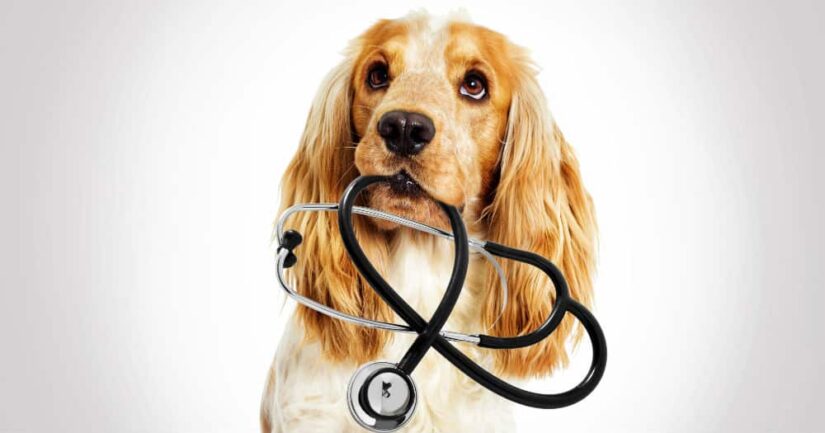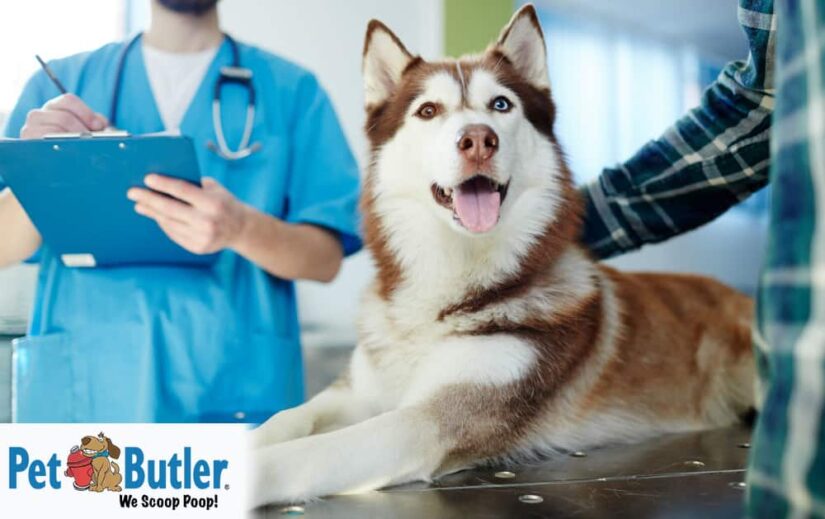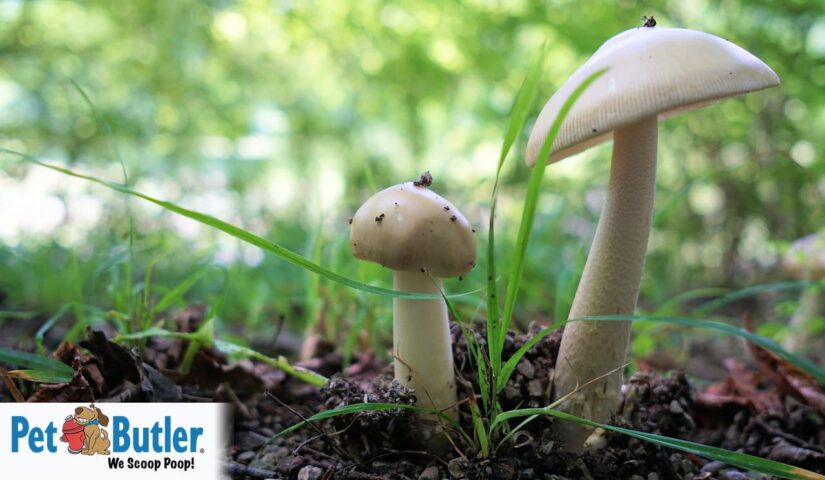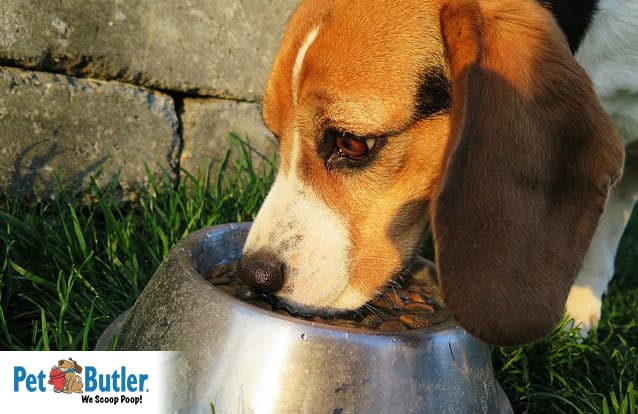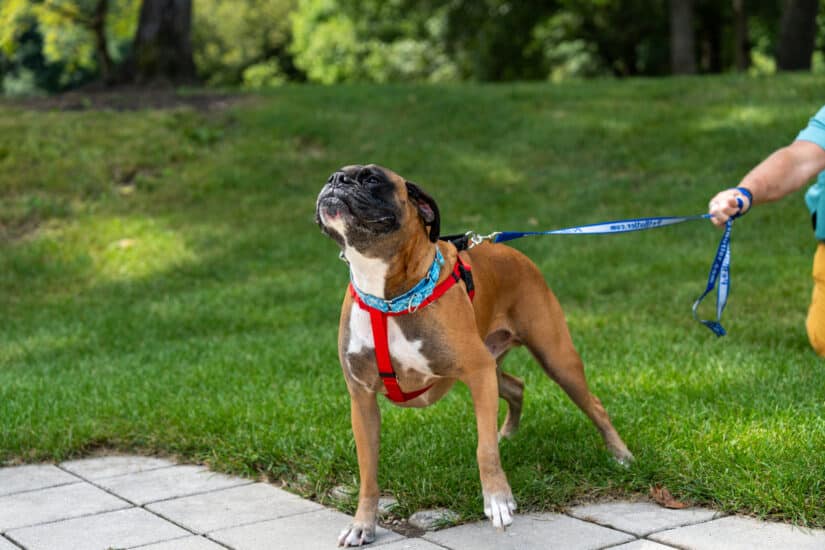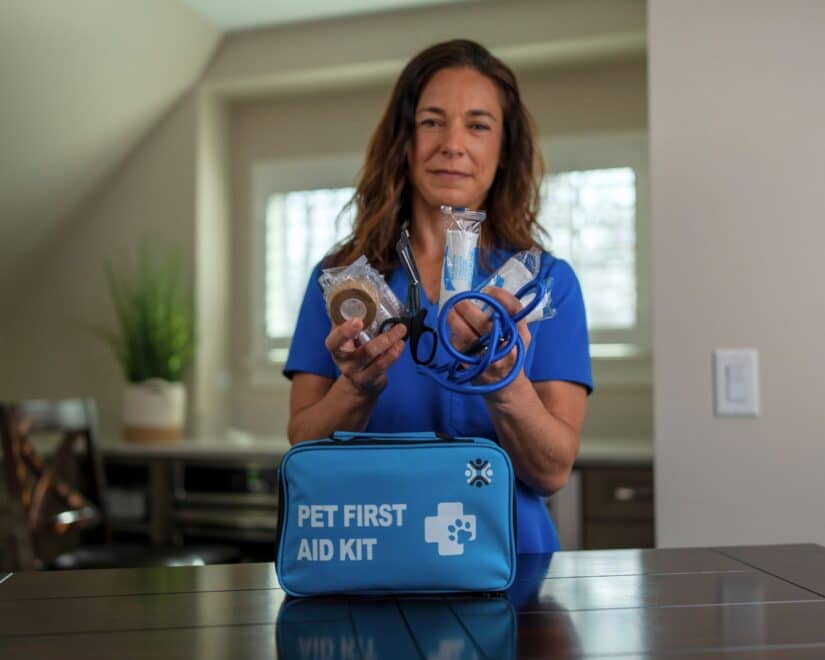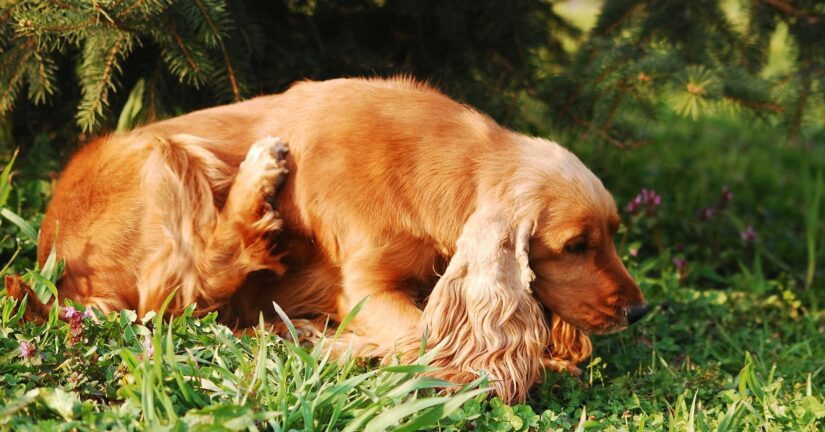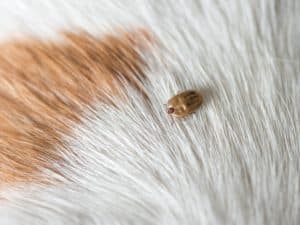Touted as a cure-all for everything from arthritis pain, to anxiety, to cancer, to seizure disorders, is CBD, or cannabidiol, the new snake oil? Or is it the penicillin of our generation, providing pet owners new ways to treat old, frustrating, and seemingly unmanageable diseases? Is CBD safe for dogs and is it legal? We’ll take a deep dive at studies and what you need to know about cannabidiol for dogs.
Is CBD Oil Safe for Dogs?
CBD oils, edibles, and topicals used for therapeutic purposes in pets contain little to no THC, the psychoactive chemical found in marijuana, and thus are less heavily policed. In December of 2018, the Farm Bill was signed into law, removing industrial hemp, Cannabis satvia L. and its derivatives, from the Controlled Substance Act. Those products that contain more than 0.3% THC are still considered a Schedule 1 drug and subject to strict regulations for production and distribution.
Because any product with a label claim that they provide therapeutic benefit are still subjected to Federal Drug Administration oversight, not every CBD containing substance is equal in the eyes of the law. CBD containing products purchased to alleviate, cure, diagnose or prevent symptoms such as pain, nausea, and stress should be FDA approved and have a Certificate of Analysis available which indicates the level of THC present, how it is made, and whether it is organic and pesticide free.
CBD Products For Dogs
A treat used to manage canine anxiety that is made in Colorado under stringent safety standards is FOMO Bones. Not only does it contain CBD, but valerian root, chamomile, L-tryptophan, and passion flower roots that are also proven calming aids.
New products containing CBD that make therapeutic claims will soon have more clear-cut pathways to FDA approval, thus allowing veterinarians to suggest them with less hesitation. In the meantime, many CBD containing oils on the shelf are treated legally like supplements, with little production oversight, quality control, and efficacy studies to justify their use. Chews, pills, and treats with the NASC seal (National Animal Supplement Council) do increase the odds that the product is safe and made in a clean environment.
CBD oils marketed to humans may have harmful chemicals like xylitol or grapeseed oil as added ingredients; purchase CBD manufactured for animal administration only. Like any drug, CBD containing products have some potential side effects: vomiting, drowsiness, disorientation, and excitement have all been observed in pets taking the product.
Do Veterinarians Recommend CBD?
What’s another reason veterinarians have been hesitant to recommend cannabidiol as an alternative treatment when conventional medications fail? Historically, federal law strictly prohibited veterinarians from prescribing cannabis-based extracts; state laws are even more ambiguous and as such, most vets won’t propose the topic of cannabis-derived therapeutics with clients unless pet owners bring up their use.
Both the legal uncertainty and product variability lead many veterinarians to steer clear of recommending CBD altogether. Price is another deterrent for many vets and pet owners. At $58.00 a month for a 20-pound dog to manage joint pain, CBD containing Canna-Pet capsules are out of financial reach for many dog-lovers.
Confused regarding the lingo? I was until I learned that both marijuana, which contains THC and cannabidiol, and hemp, which contains only trace amounts of THC and primarily cannabidiol, are both members of the Cannabis family of plants. But marijuana and hemp plants are very different, indeed! If your veterinarian or pet store doesn’t offer cannabis-derived CBD oils, hemp only-derived products may more readily be available.
Cannabidiol readily crosses the blood-brain barrier interacting with cannabinoid receptors in the nervous system, just like in humans, and may therefore be effective in treating some of the same conditions found in people. Chemotherapy induced nausea, bone pain, stress, epilepsy and PTSD are all diseases where cannabis has had a profound effect in mitigating symptoms.
Studies On CBD and Dogs
Though scientific research is lacking in pets, anecdotal evidence that cannabidiol and possibly THC use in animals is effective abounds. Dr. Jeff Powers, a veterinarian in Michigan and vice chairman of the American Veterinary Medical Association’s Council on Biologic and Therapeutic Agents, credits CBD for controlling his St. Bernard’s severe noise phobia.
Another pet owner describes his 12-year-old lab playing like a puppy after receiving CBD treats to manage chronic joint pain. Topically applied cannabidiol has been reported to cure a Boxer’s mast cell tumor.
Colorado State University and Cornell have been at the forefront of what scientific research does exist. A team led by Dr Stephanie McGrath at CSU found an 89% reduction in epileptic seizures for dogs treated with cannabidiol. Researchers hope to study cannabidiol as a treatment for osteoarthritis next and are recruiting patients for a larger epilepsy study.
A separate hemp study at Cornell University College of Veterinary Medicine found that 2 mg per kilogram of body weight used twice daily in dogs provided arthritis pain relief in 80% of patients. These are encouraging results, to say the least.
With CBD found everywhere from the groomers to the grocery store, it’s clear that pet owners’ interest in the cannabinoid isn’t declining. With new legislation making cannabidiol more accessible and safer to administer, it’s up to veterinarians and drug companies to play catch up and research this potentially life-changing medication.

